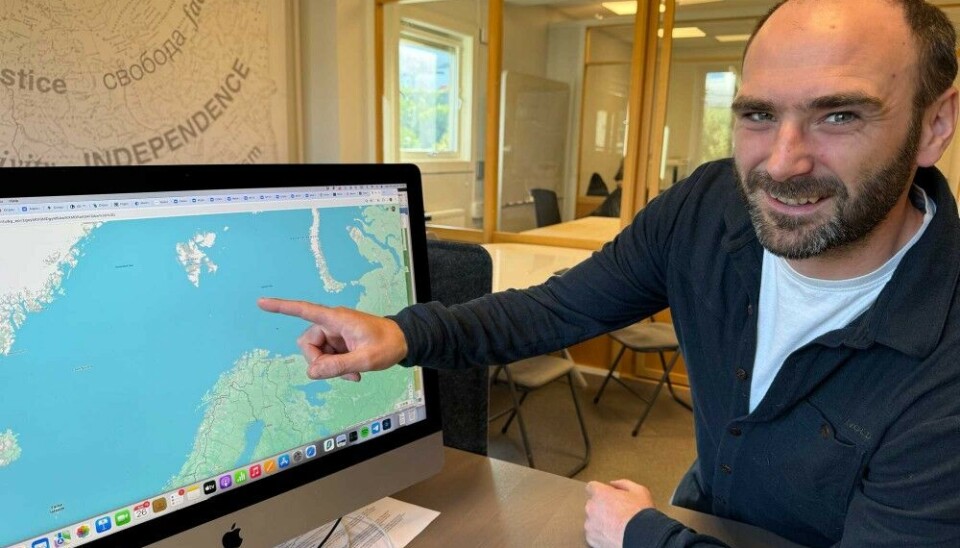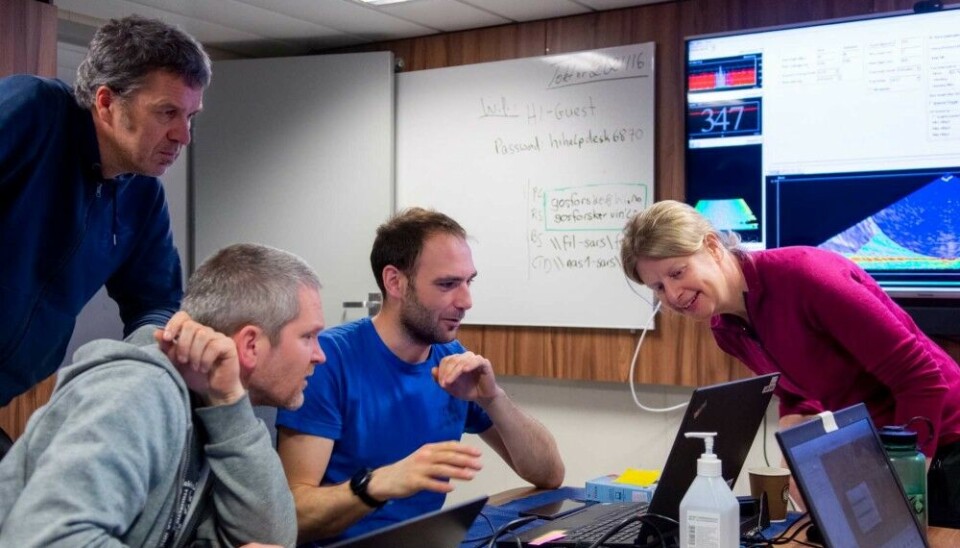
World's biggest underwater methane hotspot is found off Barents Sea coast
In the central parts of the Barents Sea, near the Norwegian-Russian maritime border, researchers find an area with massive methane seepage from the sea floor.
“It’s essentially where methane gas is leaking from the sea floor,” Henry Patton says.
“This is happening all over the world, but in in the Barents Sea we have mapped and found the biggest known underwater hotspot of methane,” the researcher explains.
The discovery was made in the central parts of the Barents Sea over a day of sailing from the mainland.
Patton is researcher at the Centre for Ice, Cryosphere, Carbon and Climate (iC3) in Tromsø, Norway. He is one of the authors of a recently published study about the findings.

According to Patton, the methane gas has potentially been leaking for many thousands of years. It might be one of the reasons why the Norwegian oil industry has not found any significant hydrocarbon resources in the area.
The research project was made in collaboration with the Norwegian Shelf Directorate, a government body that supports oil and gas exploration across the country’s shelf.
“The Barents Sea has experienced dozens of ice ages during the last three million years. Over time, the ice sheets that grew across the Arctic have eroded away the rocks that have kept these hydrocarbons sealed underground. Some of this methane therefore has potentially been leaking since the end of the last ice age around 14,000 years ago”, says Dr Patton.
“We’ve known for decades that these potent greenhouse gases have been leaking from the seafloor in the Arctic, but the volume of the gas leaking from these new hotspots - discovered in some of the remotest parts of the Barents Sea - is several orders of magnitude higher than at any other site in the world and has been a real surprise”, he adds.

According to the iC3, the climate-warming potential of methane gas, is 25 times higher than CO2, which is a major concern because the researchers do not yet know how much methane from the hotspots that reaches the atmosphere and contribute to further warming.
Methane is responsible for almost a third of the rise in global temperatures since the Industrial Revolution. According to the According to the International Energy Agency, the production and use of fossil fuels alone resulted in close to 120 million tonnes of methane emissions over the past year.
According to the recently published study by the iC3 Polar Research Hub, the amount of the powerful greenhouse gas released from the seafloor through channels known as seeps adds up to nearly 10,000 tons per year.
This is far more than is being released in other known areas of submarine methane seepage elsewhere in the world.














